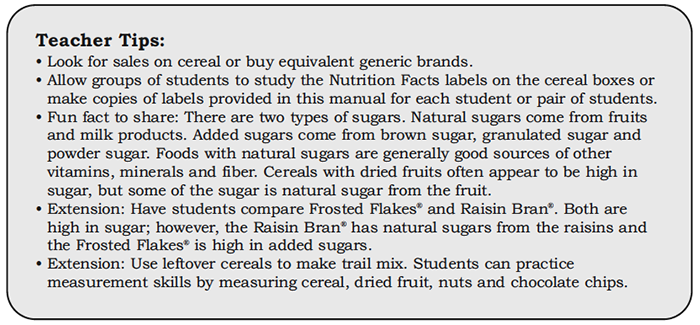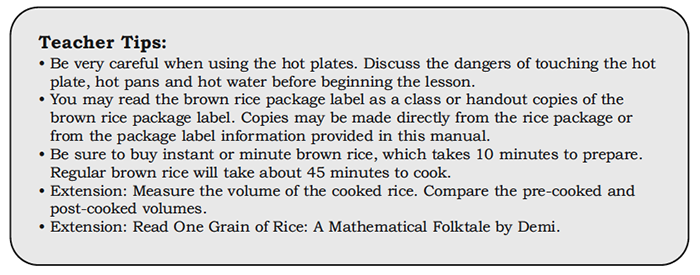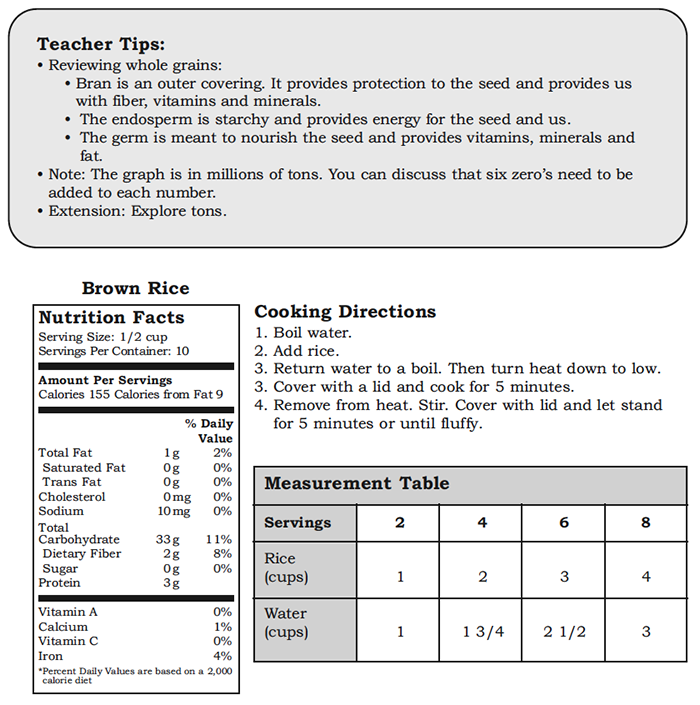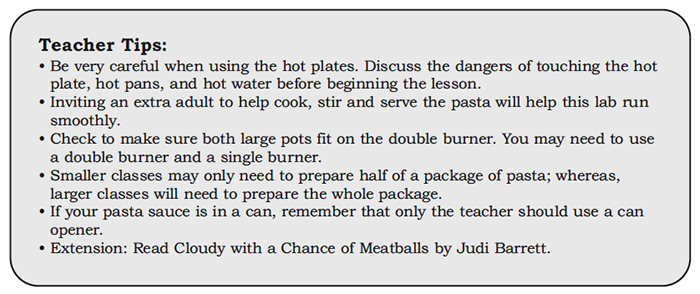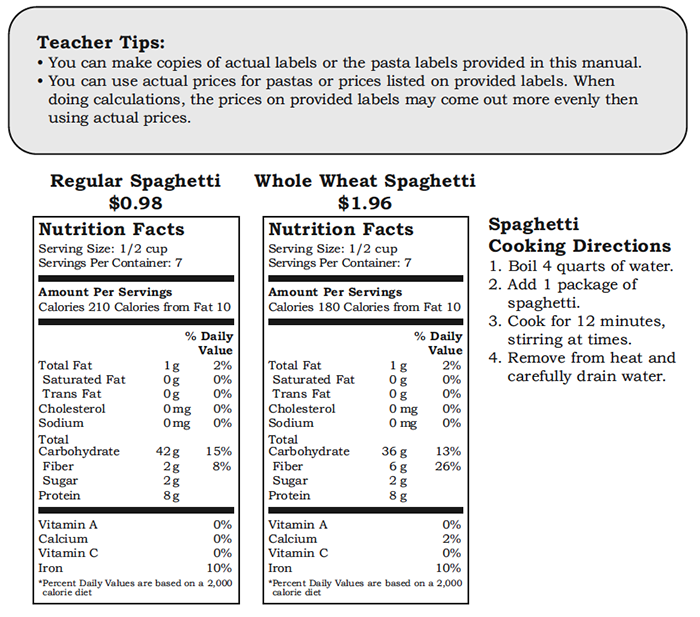Introduction to FoodMASTER:
FoodMASTER (Food, Mathematics and Science Teaching Enhancement Resource) is a compilation of programs aimed at using food as a tool to teach mathematics and science. It is our theory that if food is used as a tool to teach mathematics and science, students will be better prepared to demonstrate and apply mathematic and scientific knowledge. Because students encounter food on a daily basis, they have preexisting contextual experiences preparing them for learning new and relevant mathematics and science material.
Food is conducive to hands-on and virtual, inquiry-based, active learning that uses multiple senses to engage students in the learning process. Utilizing food allows for an interdisciplinary approach to learning concepts and ideas in a variety of scientific subjects like general science, biology, chemistry, microbiology, nutrition and health. Additionally, food labs are a dynamic way to teach mathematics concepts such as numbers and operations, algebra, geometry, measurement and problem solving.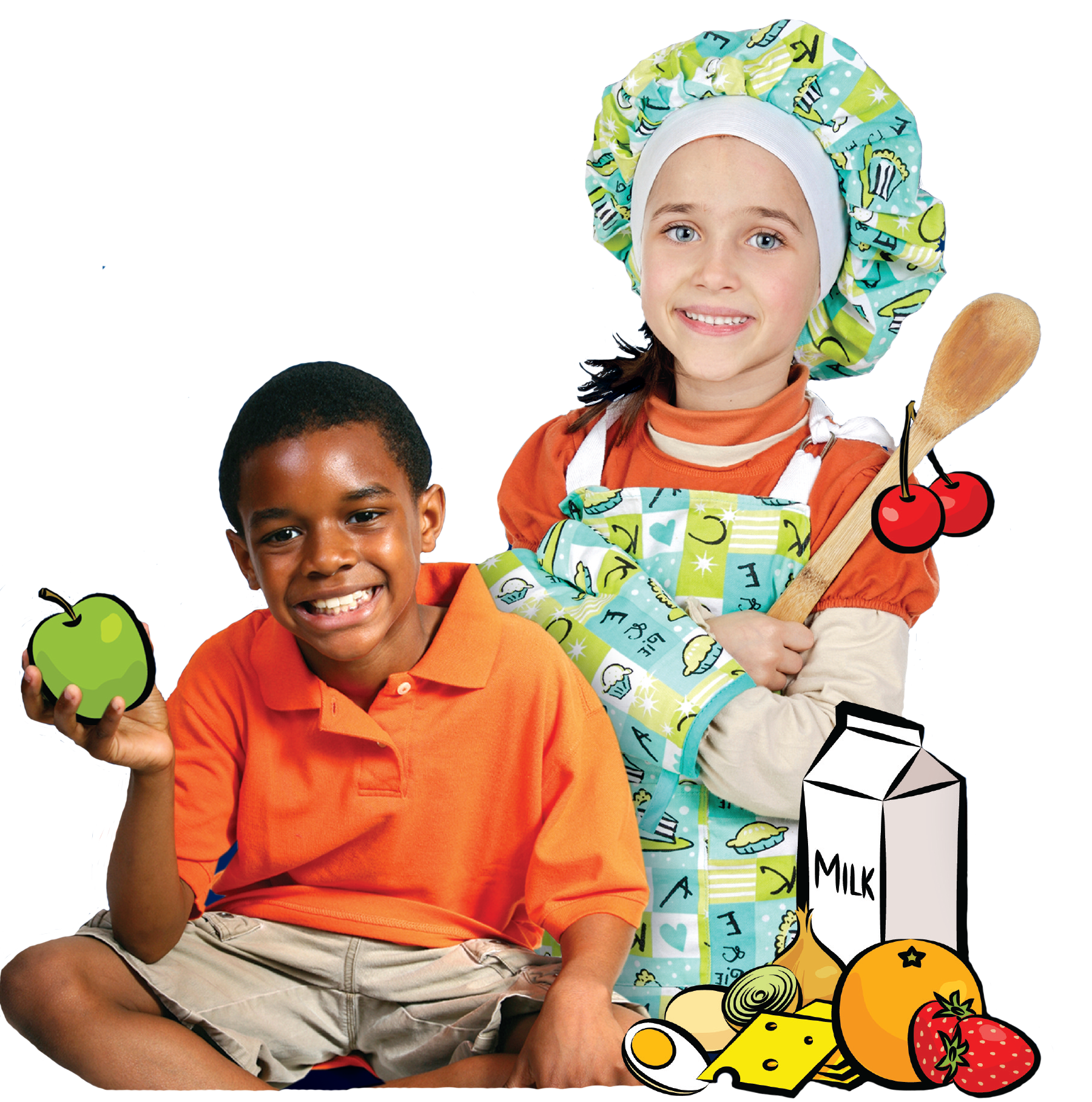
The knowledge and skill development that can be inspired by the FoodMASTER approach is limitless. Proper use of measurement tools, data collection and interpretation, application and generalization, classification and organization, graphing and comparative analysis, understanding chemical changes, observing functions of ingredients and controlling variables, pricing, critical thinking, self-directing learning, and team building are only a few of the potential knowledge and skill development areas for intermediate grade students experiencing FoodMASTER’s scientific inquiry labs.
Additional FoodMASTER lessons can be found to cover health and nutrition topics such as:
Background for this Lesson:
Wheat, rice, corn, oats, barley and rye are all grains (plants that belong to a family of grasses). Grains are used to make foods like bread, breakfast cereal, rice and pasta. These products can be made from whole grains or processed grains. Whole grains have three parts called the bran, endosperm and germ. The endosperm contains carbohydrates. The bran and germ are full of vitamins, minerals and fiber. Sadly, the bran and germ are removed from processed grains. Processed grains are left with mostly endosperm. Most Americans need to eat more whole grains.

In this lesson, students will:
- locate calories, grams of fiber and grams of sugar on food labels.
- classify cereals as whole grains or not whole grains, use correct unit labels, and record data in a table.
- order cereals from most to least based on nutrition facts and explain why one cereal is healthier than another.
- learn how to prepare instant brown rice, accurately measure the volume and weight of rice, and record data in a table.
- name and label the three parts of a whole grain and read a graph and draw reasonable conclusions.
- learn how to prepare pasta, name two types of pasta and explain differences between regular and whole wheat pasta.
- locate serving size, servings per container, calories and grams of fiber.
- record data in a table and make reasonable conclusions and use mathematics to solve real life problems. For example, students will use division to calculate the cost of pasta per serving.



